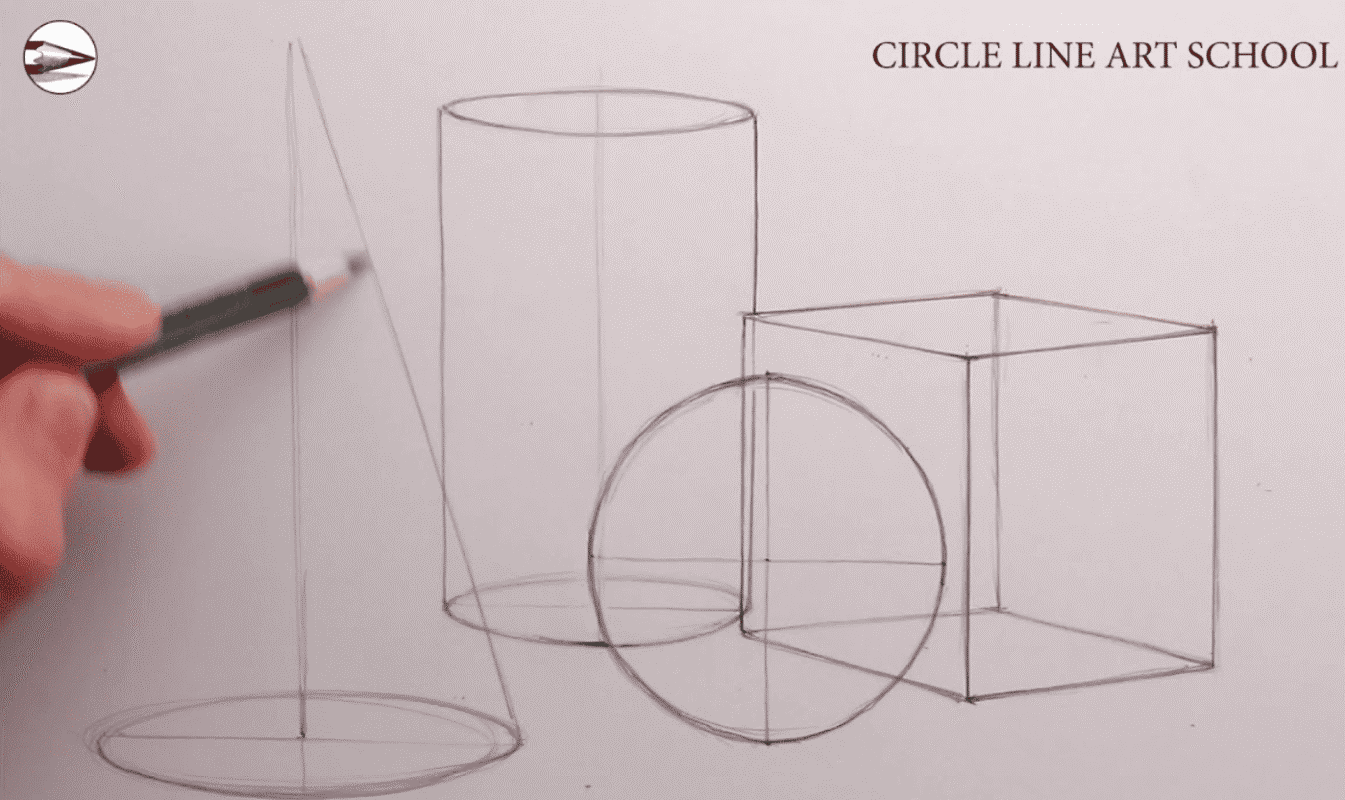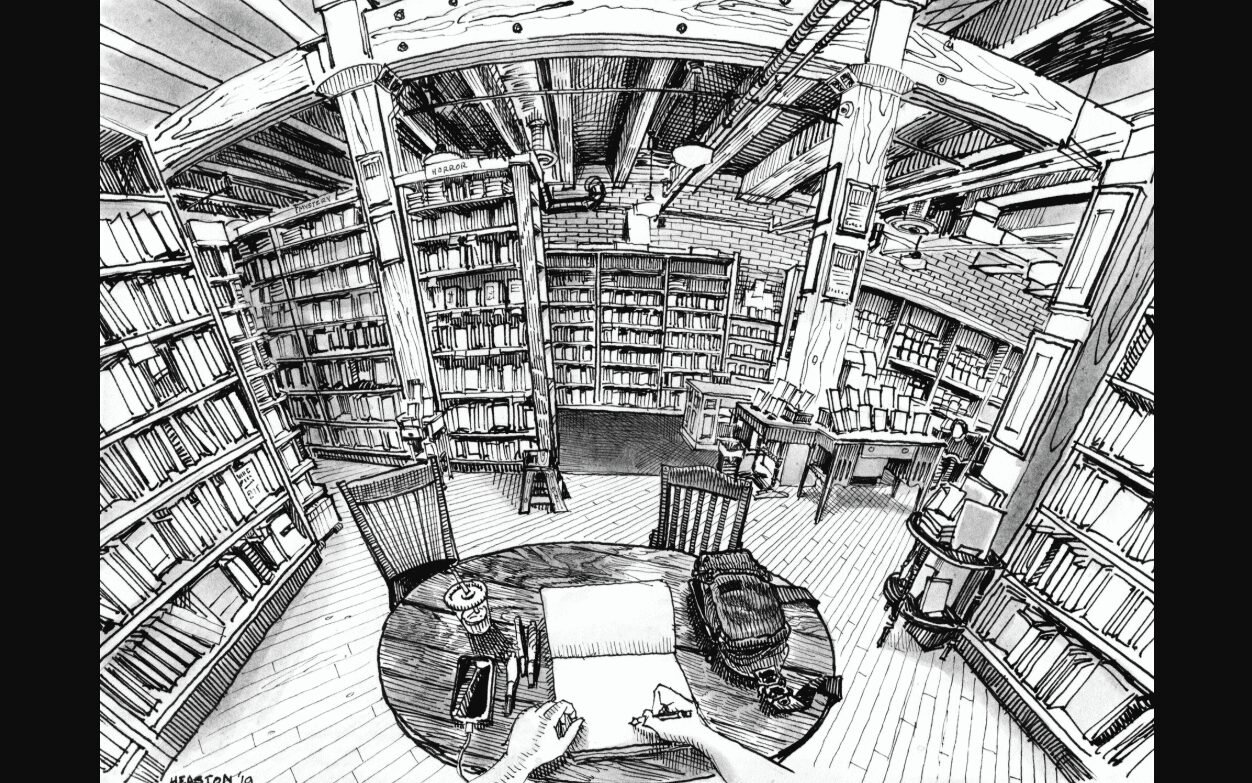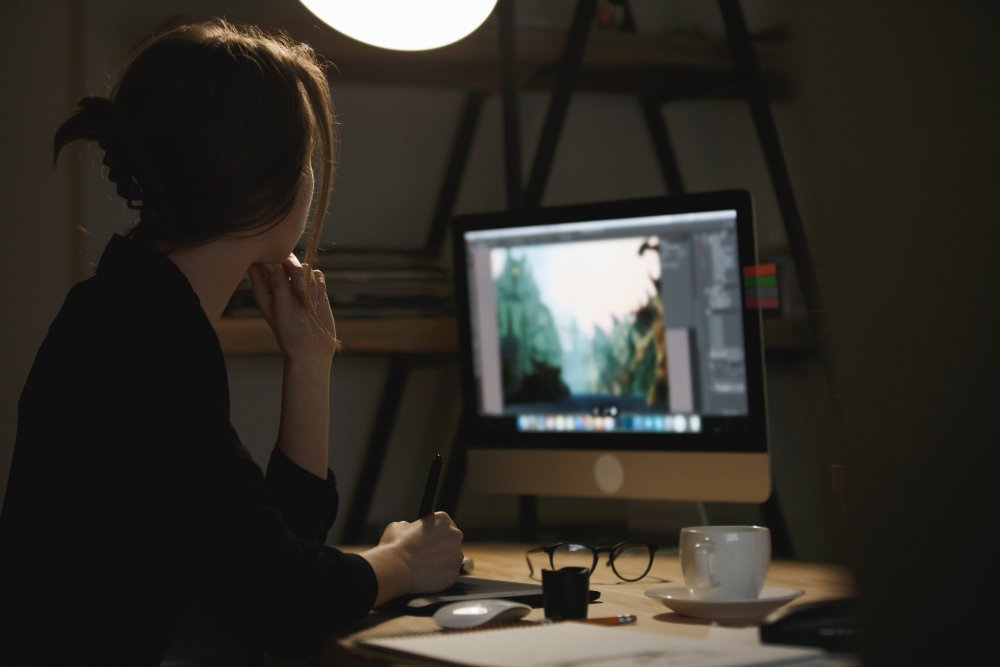There’s no shortcut to creating great art; every professional artist begins with the basics. As an aspiring artist, your journey may feel challenging, but you don’t have to walk it blindly. By following the right tips on how to improve your drawing skills, you can sharpen your techniques and create a masterpiece.
Key Takeaways:
- Daily practice with the basics, like lines, shapes, perspective, and anatomy, builds the foundation for all artistic growth.
- From simple forms to advanced shading and composition, each skill builds toward more fluid and confident drawings.
- Practicing even a few minutes each day leads to steady improvement to your drawing skills.
15 Tips To Improve Your Drawing Skills To Be a Better Artist
Mastering the basics may feel daunting, but they’re the foundation every artist needs before developing a unique style. Once you’ve built this solid groundwork, you’ll have the freedom to experiment, break the rules, and grow creatively.
So, these are the tips on how to improve your drawing skills for beginners or all artists.
1. Practice Every Day
Set aside time daily to draw. Consistency is more important than duration. Even 5 to 10 minutes of sketching can strengthen your hand-eye coordination and bring noticeable improvement over time.
2. Holding Your Pencil Properly
Artists hold their drawing pencils in any way they are comfortable with, but there are specific ways to draw natural lines more easily. For example, sketching a circle is easier if you avoid using your wrist but your shoulder.
3. Practising Basic 2D Shapes
Circles, rectangles, and ovals form the foundation of nearly every sketch. Use them as warm-ups to refine your proportions and line control. Clean, well-proportioned shapes will give structure to more complex drawings later.
4. Practising Drawing Lines
Similar to two-dimensional shapes, lines are necessary to construct your sketches, whether you are interested in drawing cartoons, realism, or even landscapes. Through time, you will improve more stable lines regardless of the types with your muscle memory.
5. Practising 3D Shapes
Alt text: 3D Shapes (Circle Line Art School)
Before diving into complex perspectives, start with the three-dimensional shapes, like cubes and cylinders. They not only guide detailed drawings but also train your eye to think in 3D space.
6. Simple Anatomy
Despite your style, drawing anatomy is one of the highlights of how to improve your drawing skills that you should not skip. It is not about learning the details yet, but more about the proportions, like considering level lines, negative spaces, angles, and shape designs.
7. Simple Perspective
If you have ever wondered how artists can draw from various angles, it is because of their proficiency in using the vanishing point. The purpose is to help you construct your drawing proportionally in the eye of perspective logic.
8. Dynamics
Have you ever seen a drawing where the skills look similar, but one is more fluid? It is because of the dynamic lines in the poses. For example, using a vertical line to guide the torso and a horizontal line for the shoulders helps create more fluid, natural poses.
9. Hard-Mode Perspective
Alt Text: Advanced Level Perspective (Artstation)
Perspective isn’t just for architecture; it’s a tool for tackling challenging angles. Try experimenting with vanishing points to draw subjects from unusual viewpoints, such as a child seen from the ground looking upward.
10. Shape Designs
Once you’re comfortable with perspective, 3D forms, and line work, move on to more complex shapes. This could be anything from decorative castle details to intricate objects that push your creativity.
11. The Head of Anatomy
Many beginners rush into drawing faces, but this skill becomes much easier after mastering the fundamentals. Techniques like the Loomis method provide useful guidelines for building balanced head shapes and features.
12. Basic Shading
Shading is essential for giving your drawings depth. Practice identifying where light hits your subject and which areas fall into shadow. This simple step will make your sketches instantly more realistic.
13. Advanced Anatomy
Detailed anatomy should be learnt after you are capable of drawing proportions. If not, your anatomy will look uneven, which you cannot fix. But, if you have, you can choose any anatomy, like a cat’s body, a magical creature’s leg muscles, and even human hands.
14. Advanced Shading, Rendering, and Composition
Alt Text: Advanced Rendering (ArtinContext)
These three depend on your preference. You can get deeper with shading, where you learn different sources of light and colouring. If you are interested in rendering, you can begin by adding details with smooth blending or cross-hatching.
The last one is composition. This is where you learn further about subjects or motives correlated with backgrounds.
15. Consistency
The most important skill of all is consistency. Practicing persistently ensures steady progress. Over time, these habits compound, and you’ll see just how much your drawings evolve.
Your Best Benchmark Is How to Improve Your Drawing Skills Over Time
There’s no shortcut to creating great art; every professional artist begins with the basics. As an aspiring artist, your journey may feel challenging, but you don’t have to walk it blindly. By following the right tips on how to improve your drawing skills, you can sharpen your techniques and create a masterpiece.
Key Takeaways:
- Daily practice with the basics, like lines, shapes, perspective, and anatomy, builds the foundation for all artistic growth.
- From simple forms to advanced shading and composition, each skill builds toward more fluid and confident drawings.
- Practicing even a few minutes each day leads to steady improvement to your drawing skills.
15 Tips To Improve Your Drawing Skills To Be a Better Artist
Mastering the basics may feel daunting, but they’re the foundation every artist needs before developing a unique style. Once you’ve built this solid groundwork, you’ll have the freedom to experiment, break the rules, and grow creatively.
So, these are the tips on how to improve your drawing skills for beginners or all artists.
1. Practice Every Day
Set aside time daily to draw. Consistency is more important than duration. Even 5 to 10 minutes of sketching can strengthen your hand-eye coordination and bring noticeable improvement over time.
2. Holding Your Pencil Properly
Artists hold their drawing pencils in any way they are comfortable with, but there are specific ways to draw natural lines more easily. For example, sketching a circle is easier if you avoid using your wrist but your shoulder.
Also read : How to Build an Interactive Website in 10 Steps
3. Practising Basic 2D Shapes
Circles, rectangles, and ovals form the foundation of nearly every sketch. Use them as warm-ups to refine your proportions and line control. Clean, well-proportioned shapes will give structure to more complex drawings later.
4. Practising Drawing Lines
Similar to two-dimensional shapes, lines are necessary to construct your sketches, whether you are interested in drawing cartoons, realism, or even landscapes. Through time, you will improve more stable lines regardless of the types with your muscle memory.
5. Practising 3D Shapes

text: 3D Shapes (Circle Line Art School)
Before diving into complex perspectives, start with the three-dimensional shapes, like cubes and cylinders. They not only guide detailed drawings but also train your eye to think in 3D space.
6. Simple Anatomy
Despite your style, drawing anatomy is one of the highlights of how to improve your drawing skills that you should not skip. It is not about learning the details yet, but more about the proportions, like considering level lines, negative spaces, angles, and shape designs.
7. Simple Perspective
If you have ever wondered how artists can draw from various angles, it is because of their proficiency in using the vanishing point. The purpose is to help you construct your drawing proportionally in the eye of perspective logic.
Also Read : How to Build an Interactive Website in 10 Steps
8. Dynamics
Have you ever seen a drawing where the skills look similar, but one is more fluid? It is because of the dynamic lines in the poses. For example, using a vertical line to guide the torso and a horizontal line for the shoulders helps create more fluid, natural poses.
9. Hard-Mode Perspective

Advanced Level Perspective (Artstation)
Perspective isn’t just for architecture; it’s a tool for tackling challenging angles. Try experimenting with vanishing points to draw subjects from unusual viewpoints, such as a child seen from the ground looking upward.
10. Shape Designs
Once you’re comfortable with perspective, 3D forms, and line work, move on to more complex shapes. This could be anything from decorative castle details to intricate objects that push your creativity.
11. The Head of Anatomy
Many beginners rush into drawing faces, but this skill becomes much easier after mastering the fundamentals. Techniques like the Loomis method provide useful guidelines for building balanced head shapes and features.
12. Basic Shading
Shading is essential for giving your drawings depth. Practice identifying where light hits your subject and which areas fall into shadow. This simple step will make your sketches instantly more realistic.
Also Read : Top 10 Common Mistakes in Website Design You Must Avoid
13. Advanced Anatomy
Detailed anatomy should be learnt after you are capable of drawing proportions. If not, your anatomy will look uneven, which you cannot fix. But, if you have, you can choose any anatomy, like a cat’s body, a magical creature’s leg muscles, and even human hands.
14. Advanced Shading, Rendering, and Composition

Advanced Rendering (ArtinContext)
These three depend on your preference. You can get deeper with shading, where you learn different sources of light and colouring. If you are interested in rendering, you can begin by adding details with smooth blending or cross-hatching.
The last one is composition. This is where you learn further about subjects or motives correlated with backgrounds.
15. Consistency
The most important skill of all is consistency. Practicing persistently ensures steady progress. Over time, these habits compound, and you’ll see just how much your drawings evolve.
Also Read : How to Choose a Drawing Tablet for Your Comfort
Your Best Benchmark Is How to Improve Your Drawing Skills Over Time
The result of daily exercises to improve your drawing skills won’t appear overnight. Growth takes commitment and persistence, but above all, you should enjoy the process. Share your progress with your art community or online, and celebrate every step forward.To give your artwork an extra personal touch, explore stylish fonts from Letterara Studio. With their unique collections, you can make your creations stand out with personality and flair.

